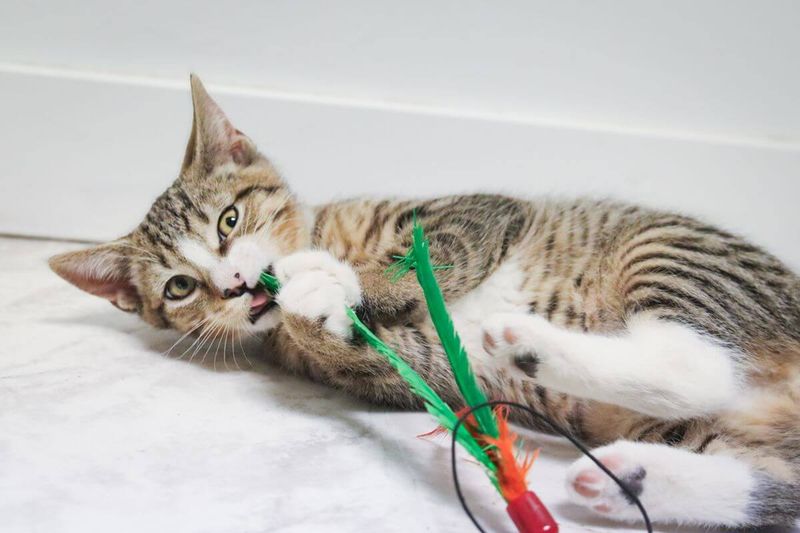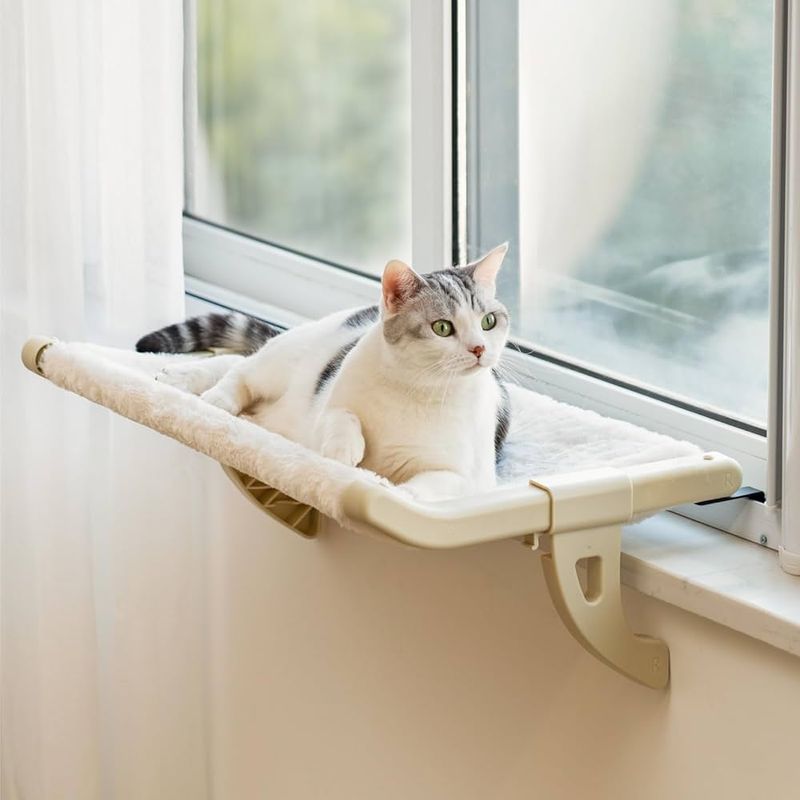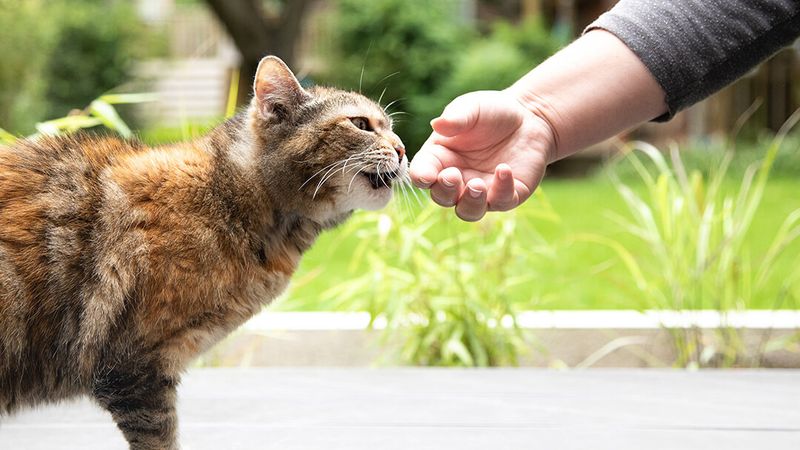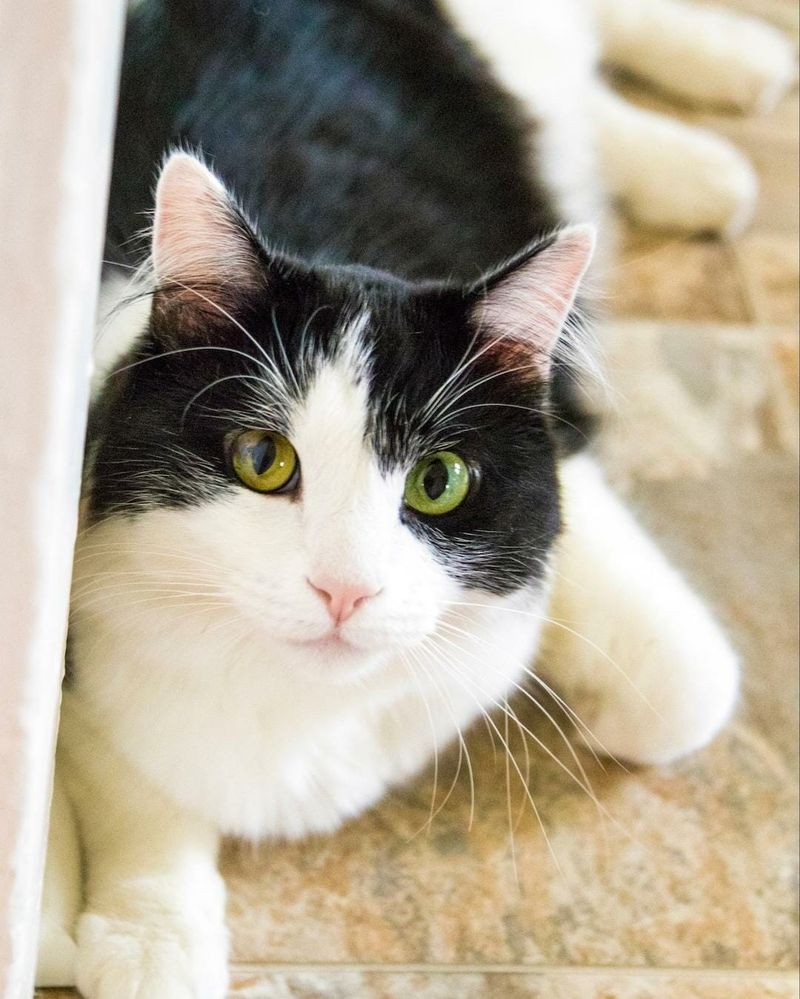📖 Table of Content:
Is your cat causing more chaos than you can handle? It’s not uncommon for feline friends to display mischievous behavior, but there are ways to curb it. With the right techniques, even the most playful and disruptive cats can be trained into calm, well-behaved companions.
Whether it’s scratching up the furniture or launching surprise midnight zoomies, your cat’s behavior can be modified with patience and consistency. Understanding the root of these actions is key to addressing them effectively. Cats often misbehave out of boredom, stress, or a lack of proper outlets for their energy.
Training a cat doesn’t have to be a challenging task. By using proven strategies, any cat can learn better habits and become a more pleasant presence in your home. Transforming a mischievous feline into a loving companion is all about communication and understanding their needs.
1. Redirect Scratching Behavior
Does your cat use your favorite couch as a scratching post? Redirecting this behavior is essential. Start by placing a scratching post nearby. Encourage use by sprinkling catnip or dangling a toy above.
Cats scratch to mark territory or relieve stress. By providing an alternative, you help your feline express these instincts appropriately. Praise your cat when it uses the post, reinforcing positive behavior. Over time, your furniture will be safe, and your cat will be happier too!
2. Litter Box Training
If your cat isn’t using the litter box regularly, check its cleanliness and location. Cats like privacy, so make sure the box is in a quiet, low-traffic area.
If accidents happen, clean thoroughly to prevent repeated offenses. Use unscented litter to avoid overwhelming sensitive noses. Monitor your cat for any aversion signs. Consistency is key; keep the area tidy and the litter fresh. With patience, your cat will soon associate the litter box with comfort and cleanliness, making your home fresher and more pleasant.
3. Discourage Nighttime Zoomies
Cats can turn into stealthy night creatures due to unspent energy. To combat this, offer interactive play sessions during the day. This helps satisfy their natural hunting urges, keeping them calm come nighttime.
Create a calming nighttime routine. Dim the lights and reduce noise, signaling bedtime. If night zoomies persist, try a small meal before bed to satiate hunger. These adjustments help your cat wind down, ensuring a restful night for both of you. Soon, you’ll say goodbye to midnight chaos!
4. Train with Treats
Who doesn’t love a tasty reward? Use treats to encourage good behavior. Reward your cat immediately after desired actions. This links the treat to the behavior, enhancing learning. Choose healthy treats to maintain a balanced diet. Consistency is crucial—make rewards a regular training tool. Over time, your cat will associate good behavior with positive outcomes.
Patience and praise go a long way. Watch as your cat transforms, eager to please and well-mannered.
5. Stop Biting and Scratching
To handle a rough-playing kitten, provide toys for them to pounce on instead of engaging with your hands or feet. Gentle play establishes healthy boundaries for future interactions. Be mindful of sudden movements, as they may trigger your kitten’s natural hunting instincts.
Positive reinforcement of gentle behavior fosters a loving relationship. Soon, playful nips will become a thing of the past.
6. Encourage Socialization
Cats are independent, but socialization is vital. Gradually introduce new people and pets. Begin with short, supervised sessions. Observe body language; a relaxed tail and eyes indicate comfort. Offer treats to associates new experiences with positive feelings.
Be patient; each cat adapts at its own pace. With time, your cat will embrace new friendships, enhancing its social skills and confidence.
7. Prevent Furniture Climbing
If your cat is scaling your curtains like a superhero, give them better climbing alternatives such as cat trees or window perches. Add comfy beds or interesting outdoor sights to make these spots more attractive. For areas off-limits, double-sided tape or cat-safe sprays can help deter climbing.
Soon, your cat will prefer its designated kingdom, and your curtains will remain intact.
8. Clicker Training Fun
Clicker training isn’t just for dogs! Cats enjoy it too. Pair the sound with treats, rewarding good behavior. Start with simple commands like ‘sit’ or ‘come’. Click and treat immediately after compliance. Consistent practice strengthens the association.
Over time, your cat will respond eagerly, viewing training as a fun game. This method builds trust and enhances communication.
9. Promote Calm with Music
Music isn’t just for humans; it can calm cats, too. Classical or specially composed cat music soothes stress. Play soft tunes during potentially stressful times, like thunderstorms or fireworks. The gentle melodies can reduce anxiety.
Creating a tranquil environment with music promotes relaxation, making your cat feel safe and secure. Unleash the power of music to turn chaos into calm.









